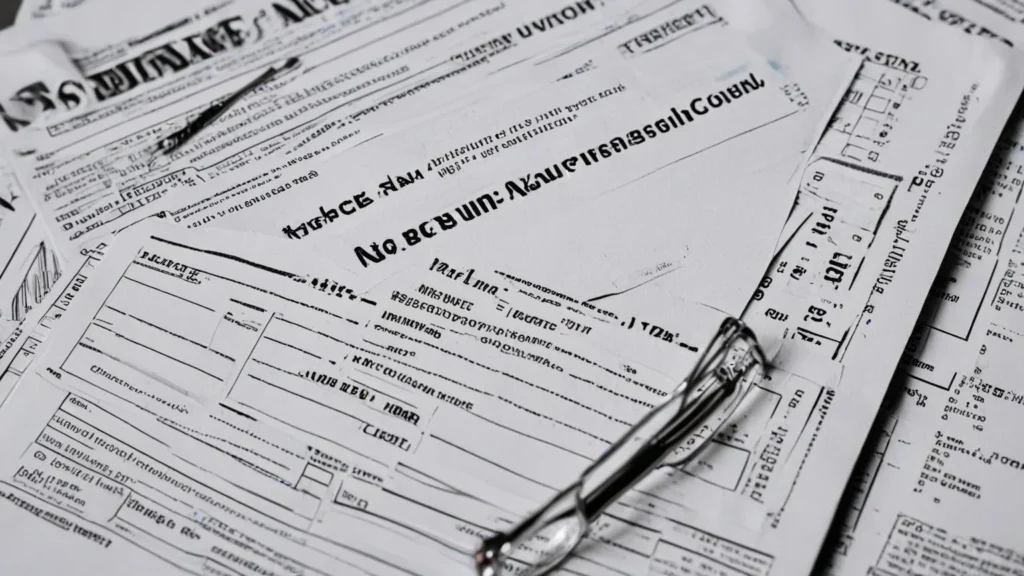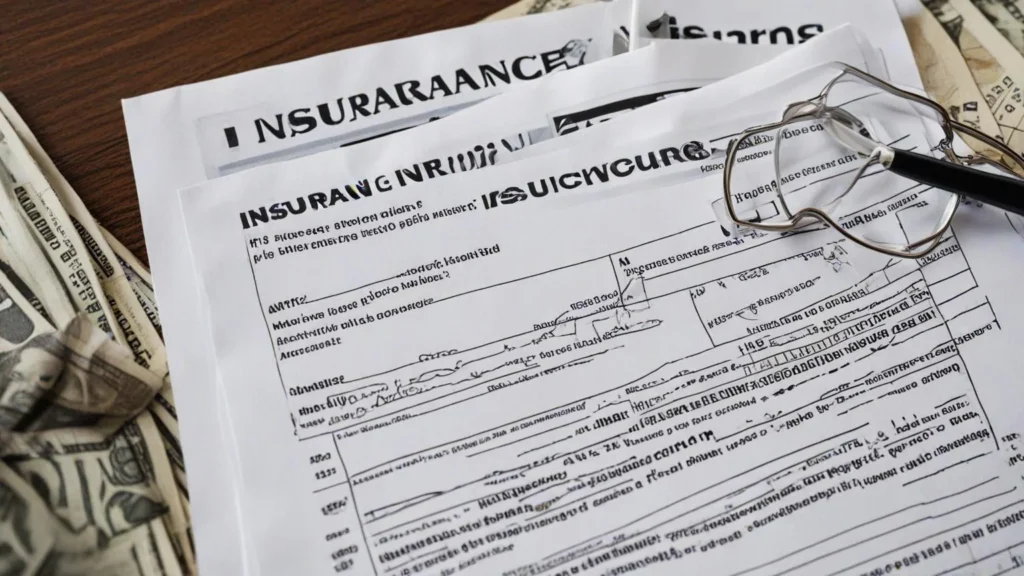Insurance is a fundamental part of financial planning, providing protection against unexpected events and financial loss. However, understanding how insurance works can be complex, especially for beginners. In this comprehensive guide, we will break down the process step by step, making it easier to understand. We will also address common questions such as how an insurance company works, the five steps of the insurance process, and the steps involved in the insurance claims process.
How Does an Insurance Company Work Step by Step?
Insurance companies operate by pooling risk from multiple policyholders, collecting premiums, and using those funds to pay out claims. Here is a step-by-step overview of how an insurance company works:
Risk Assessment
Before issuing a policy, insurance companies assess the risk associated with insuring an individual or entity. This involves evaluating various factors such as age, health, lifestyle, driving record, and more. The goal is to determine the likelihood of a claim being made and to set appropriate premium rates.
Policy Underwriting
Once the risk assessment is complete, the insurance company underwrites the policy. Underwriting involves deciding whether to accept the risk and, if so, under what terms. This process includes setting the premium amount, coverage limits, and any exclusions or conditions.
Premium Collection
Policyholders pay premiums to the insurance company in exchange for coverage. Premiums can be paid monthly, quarterly, or annually. The amount of the premium is determined by the risk assessment and underwriting process.
Policy Issuance
After the premium is paid, the insurance company issues the policy to the policyholder. The policy document outlines the terms and conditions of the coverage, including the coverage period, premium amount, coverage limits, and any exclusions.
Risk Pooling
Insurance companies pool the premiums collected from multiple policyholders. This pooled fund is used to pay out claims when policyholders experience covered events. The concept of risk pooling allows insurance companies to spread the risk across many individuals, making it financially feasible to cover large losses.
Claims Processing
When a policyholder experiences a covered event, they file a claim with the insurance company. The company then processes the claim by verifying the details, assessing the validity, and determining the payout amount. Approved claims are paid out from the pooled funds.
Reinsurance
To further manage risk, insurance companies often purchase reinsurance. Reinsurance is insurance for insurance companies, providing additional protection against large claims or catastrophic events. This helps insurance companies maintain financial stability and meet their obligations to policyholders.
How Does Insurance Work for Beginners?

For beginners, understanding insurance can be daunting. Here’s a simplified explanation of how insurance works:
- Purchase a Policy: You buy an insurance policy from an insurance company to protect against specific risks (e.g., health issues, car accidents, home damage).
- Pay Premiums: You pay regular premiums to the insurance company. Premiums are the cost of your insurance coverage.
- Coverage Period: Your policy covers you for a specified period, during which you are protected against the risks outlined in the policy.
- File a Claim: If you experience a covered event (e.g., an accident, illness), you file a claim with the insurance company.
- Claims Processing: The insurance company reviews your claim, verifies the details, and determines if the event is covered.
- Receive Payout: If your claim is approved, the insurance company pays you the agreed-upon amount to cover your loss or expenses.
Insurance essentially acts as a safety net, providing financial protection and peace of mind in case of unexpected events.
What Are the Five Steps of the Insurance Process?
The insurance process can be broken down into five key steps:
Application
The first step in obtaining insurance is completing an application. This involves providing personal information, details about the risk to be insured, and any other relevant information required by the insurance company. The application helps the insurer assess your risk and determine the appropriate coverage and premium.
Underwriting
Once the application is submitted, the underwriting process begins. During underwriting, the insurance company evaluates the information provided, assesses the risk, and decides whether to offer coverage. If coverage is offered, the underwriter sets the terms, conditions, and premium for the policy.
Policy Issuance
After underwriting, the insurance company issues the policy. The policy document outlines the terms and conditions of the coverage, including the coverage period, premium amount, coverage limits, and any exclusions. The policyholder reviews and accepts the policy terms.
Premium Payment
To activate the coverage, the policyholder must pay the premium. Premiums can be paid in various ways, such as monthly, quarterly, or annually. Timely payment of premiums is essential to maintain continuous coverage.
Claims Filing and Processing
If a covered event occurs, the policyholder files a claim with the insurance company. The insurer processes the claim by verifying the details, assessing the validity, and determining the payout amount. Approved claims are paid out according to the policy terms.
What Are the Steps in the Insurance Claims Process?

The insurance claims process involves several steps to ensure that claims are handled fairly and efficiently:
Filing a Claim
The first step in the claims process is filing a claim. The policyholder contacts the insurance company and provides details about the event, such as the date, time, location, and nature of the loss. This can typically be done online, over the phone, or through a mobile app.
Claim Acknowledgment
After receiving the claim, the insurance company acknowledges it and assigns a claims adjuster to handle the case. The adjuster is responsible for investigating the claim and determining the extent of the coverage.
Documentation and Investigation
The claims adjuster collects and reviews relevant documentation, such as police reports, medical records, repair estimates, and photos of the damage. The adjuster may also conduct interviews and inspect the site of the loss. This step ensures that the claim is valid and covered under the policy.
Evaluation and Determination
Based on the investigation, the claims adjuster evaluates the claim and determines the payout amount. This involves assessing the extent of the damage or loss, calculating the costs, and considering any policy limits or exclusions. The adjuster then prepares a report and submits it for approval.
Claim Approval and Payment
Once the claim is approved, the insurance company issues the payment to the policyholder. The payment can be made via check, direct deposit, or other methods. In some cases, the insurer may pay the service provider directly (e.g., a repair shop or healthcare provider).
Claim Closure
After the payment is made, the claim is closed. The insurance company provides the policyholder with a summary of the claim and the settlement details. The policyholder can review the information and contact the insurer if there are any questions or concerns.
Conclusion
Understanding how insurance works is essential for making informed decisions about your financial protection. Insurance companies operate by assessing risk, underwriting policies, collecting premiums, and paying out claims. For beginners, the process involves purchasing a policy, paying premiums, and filing claims when necessary. The five key steps of the insurance process include application, underwriting, policy issuance, premium payment, and claims filing and processing. The claims process itself involves filing a claim, acknowledgment, documentation and investigation, evaluation and determination, claim approval and payment, and claim closure.
By understanding these steps, you can navigate the world of insurance with confidence, ensuring that you have the coverage you need to protect yourself and your loved ones. Regularly reviewing your insurance policies and staying informed about the claims process can help you maximize the benefits of your insurance coverage and maintain financial stability in the face of unexpected events.

